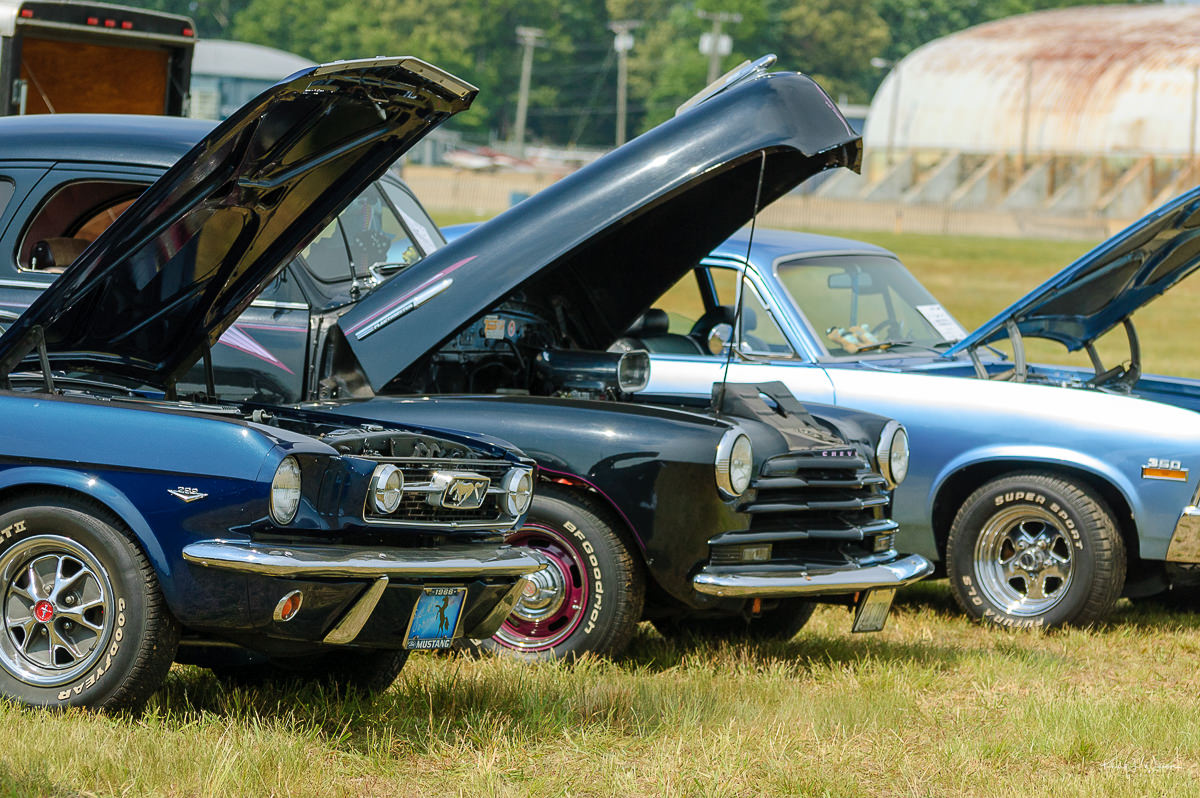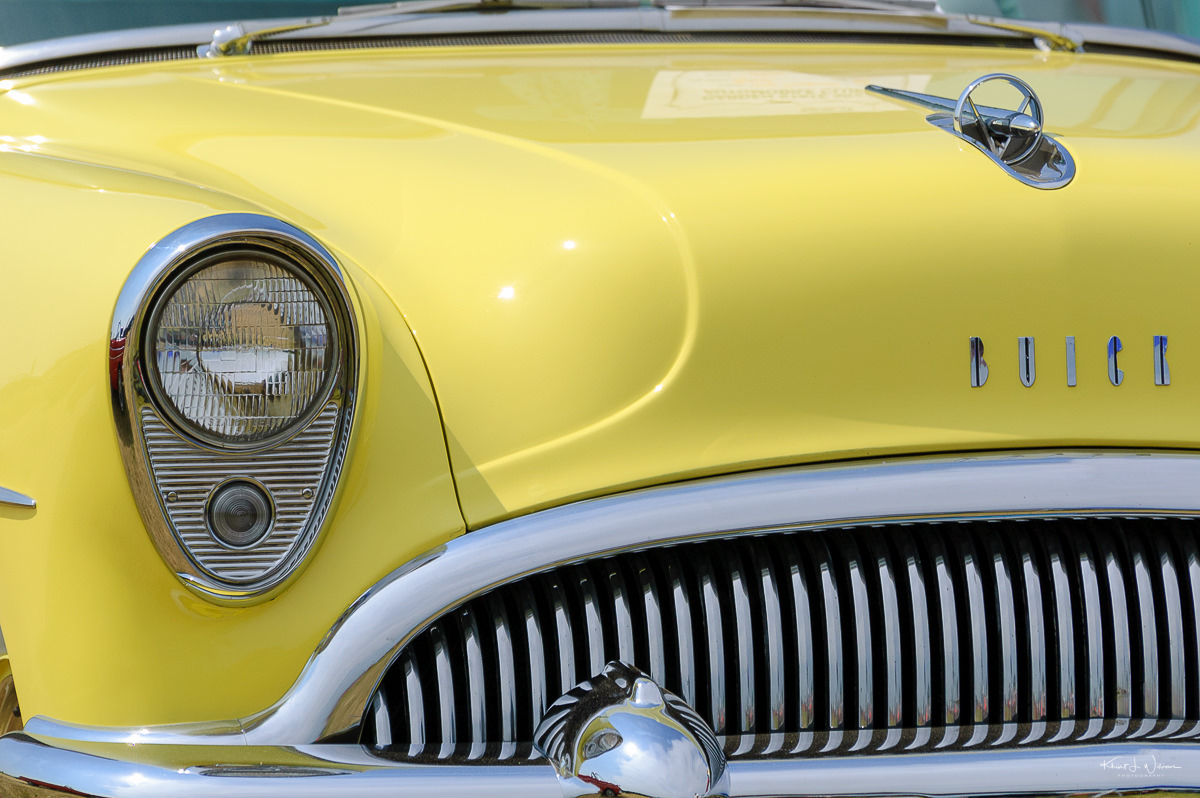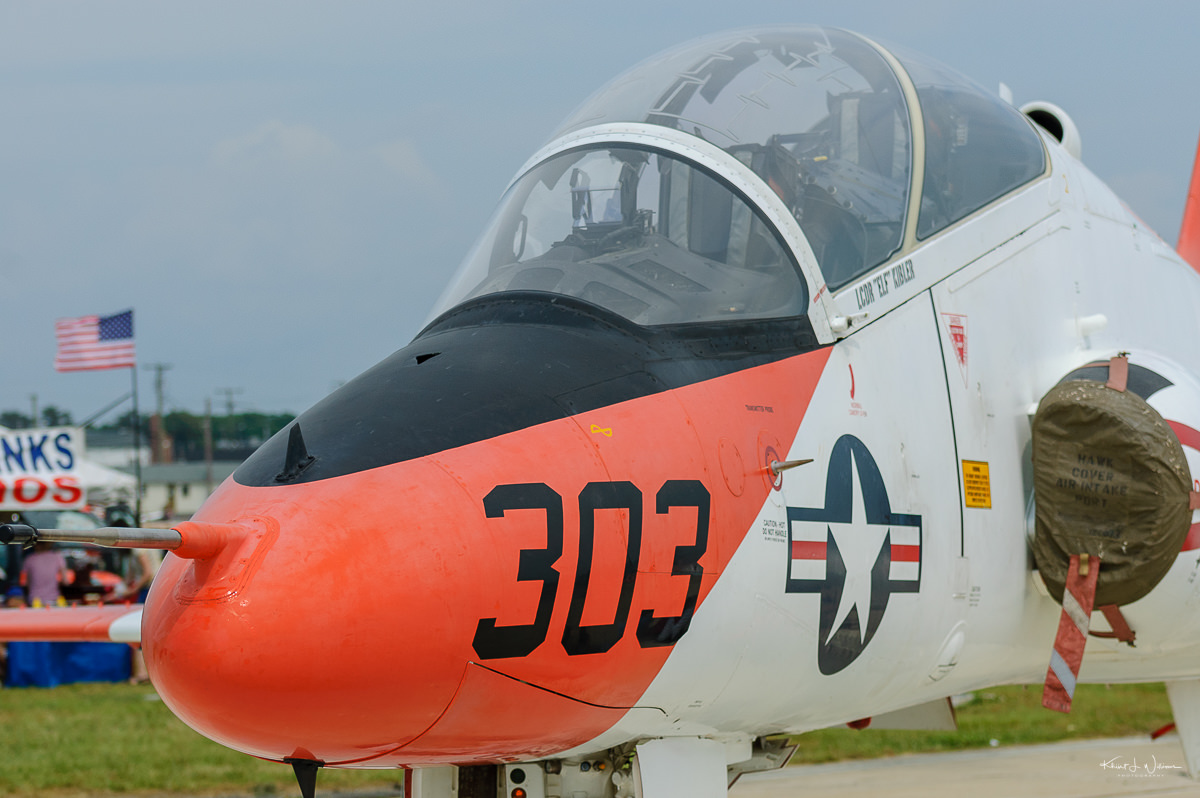At the 2011 Millville Wings and Wheels Airshow, three vintage American muscle cars stood out, their hoods raised suggesting these cars were symbols of pride for their owners. The first, a classic Ford Mustang in deep blue, featured the iconic galloping horse emblem. Its sleek 1960s design and '289' badge hinted at the enduring power that has captivated enthusiasts for over five decades.
Adjacent to the Mustang, a glossy black Chevrolet, likely from the early 1950s, also showcased its exposed engine compartment. Its curvaceous body and chrome accents reflected an era when cars were significant statements of style and status in the United States.
On the right, a Chevrolet Super Sport from the muscle car's golden age, spanning the late 1960s to the early 1970s, proudly displayed its '350' insignia, representing an engine that contributed to the American horsepower competition. Its sky-blue exterior and racing stripes declared its heritage—a lineage defined by speed and raw power.



